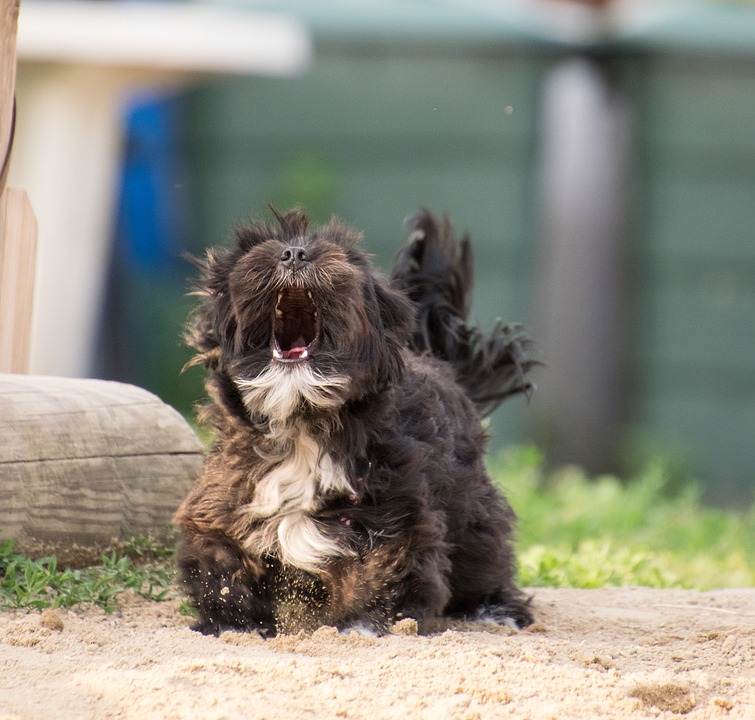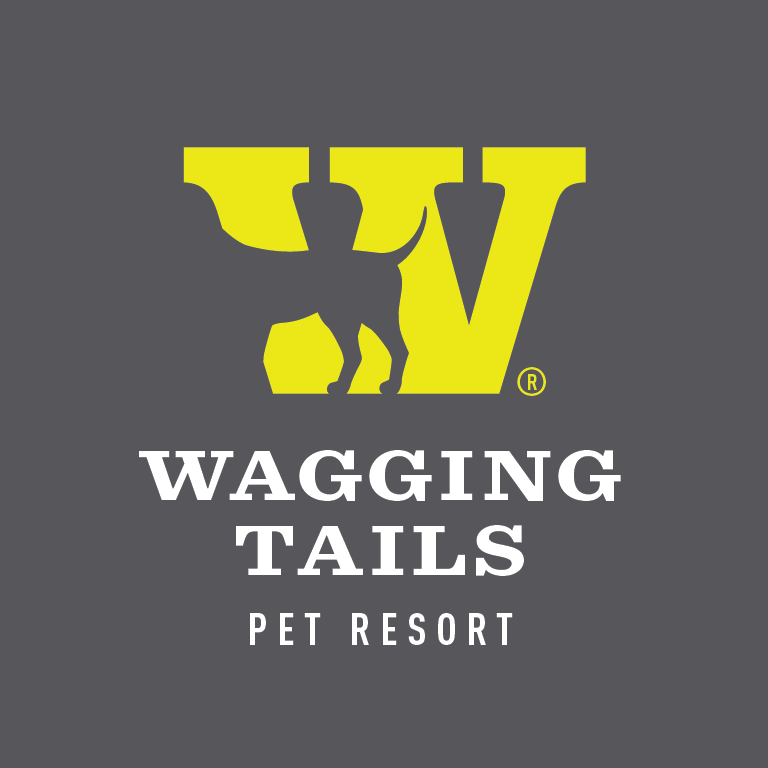I’M SO EXCITED!
Excitement Barking in Dogs
Excitement can be a good thing. After all, who doesn’t love the energy that comes with unbridled enthusiasm? Unfortunately, that can also lead to some less enjoyable behaviors. While a human might run around screaming in delight when excited, dogs often turn to their own form of vocalization – barking.
We’ve talked about barking before and how identifying the cause of their vocalization plays a key role in managing it. This time, we wanted to focus on dealing with a dog who barks when excited, which can get challenging, especially in dogs where it happens easily and often.
 Identify the Trigger
Identify the Trigger
First, it’s essential to make sure your dog is truly barking from excitement. Does playing their favorite game, like fetch, work them up into a barking tizzy? Do they bark enthusiastically to greet you, no matter how long you’ve been gone?
Make a list of the things that trigger your dog’s enthusiastic barking so you’ll be ready to respond appropriately.
Manage the Trigger
There are a variety of ways to handle excitement barking once you understand what gets your dog going. The most obvious involves managing the trigger, which you can do in two ways.
Remove Your Dog
This is a fairly straightforward approach – simply remove your dog from the exciting environment. For example, if your dog starts barking out of control while playing with their best doggy friends or while you’re watching the big game, give them a few minutes of fun and then put them in a different room. This gives them a chance to share their excitement, and everyone else can still have a nice time too.
Control the Trigger
Try to manage your dog’s excitement by controlling the trigger. If a certain toy gets them overly excited, play with another one instead while you work to modify their behavior.
Modify the Behavior
Effective management can be very helpful with excitement barking, but it’s always ideal to look for ways to modify behaviors at the same time. With excitement barking, this often involves increasing calming and impulse control activities into a dog’s daily life.
For example, always avoid yelling at a dog who is barking with excitement because this only increases their arousal. Instead, respond in a calm, quiet manner or with positive interruptions.
Great exercises that create positive alternatives to barking include:
- Find it: say the cue and toss treats at your feet as a distraction
- Search: say the cue and toss treats away from you, like into grass
- Touch: say the cue and teach your dog to touch a target (like your palm) with their nose or paw
- Quiet: work to teach your dog to stop barking by reinforcing even one second of quiet, gradually building up to longer periods
- Walk away: teach your dog to leave the trigger, best combined with “Go To Your Mat”
- Go To Your Mat: teach your dog to go to a bed, mat, or rug and remain there until released
- Settle: teach your dog to relax and “settle” on a designated mat, bed, or rug
When all else fails, try ignoring the barking and reinforcing the quiet, which can be easier said than done! This approach works best when you can stop interacting with your dog completely, like turning your back on them and starting to walk away. The minute they stop barking, turn around and say, “Quiet, yes!” and drop a treat. If they start barking again, repeat.
Remember, training takes time, especially when you have an excitable dog. But, the better you know your dog, the more skillfully you can manage their barking by controlling their triggers and modifying their behaviors.

